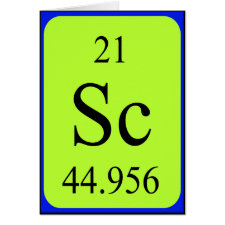
Authors: Lieberzeit PA, Bajwa S, Mustafa G, Wanchareansak T, Dickert FL
Article Title: From metal ions to biospecies: template-assisted synthesis as a strategy to generate artificial receptor materials.
Publication date: 2011
Journal: Advanced Materials Letters
Volume: 2
Issue: (5)
Page numbers: 319-321.
DOI: 10.5185/amlett.2011.1024am2011
Abstract: Materials science increasingly focuses on generating "smart", i.e. highly functional, advanced matrices. Selective recognition can be implemented into man-made polymers by template-assisted synthesis. The method covers a surprising size range: it is possible to generate sensitivity and selectivity towards bivalent metal cations, such as Cu2+, in polyacrylate matrices. Despite the template being substantially smaller in size than the monomers, recognition can be achieved. Furthermore, acrylates can be templated with much larger species, such as influenza viruses. This leads to a nanostructured polymer surface that selectively re-binds the respective virion. Additional enhancement of sensitivity can be achieved by composite materials. Silver sulphide nanoparticles for instance show very appreciable affinity towards butanol vapors. When blending into butanol-imprinted polyurethane, the material incorporates three times more of the alcohol. Copyright © 2011 VBRI press.
Template and target information: copper ion, Cu(II), influenza virus
Author keywords: molecular imprinting, metal ion sensing, composite materials, virus imprinting, sensor



Join the Society for Molecular Imprinting

New items RSS feed
Sign-up for e-mail updates:
Choose between receiving an occasional newsletter or more frequent e-mail alerts.
Click here to go to the sign-up page.
Is your name elemental or peptidic? Enter your name and find out by clicking either of the buttons below!
Other products you may like:
 MIPdatabase
MIPdatabase









